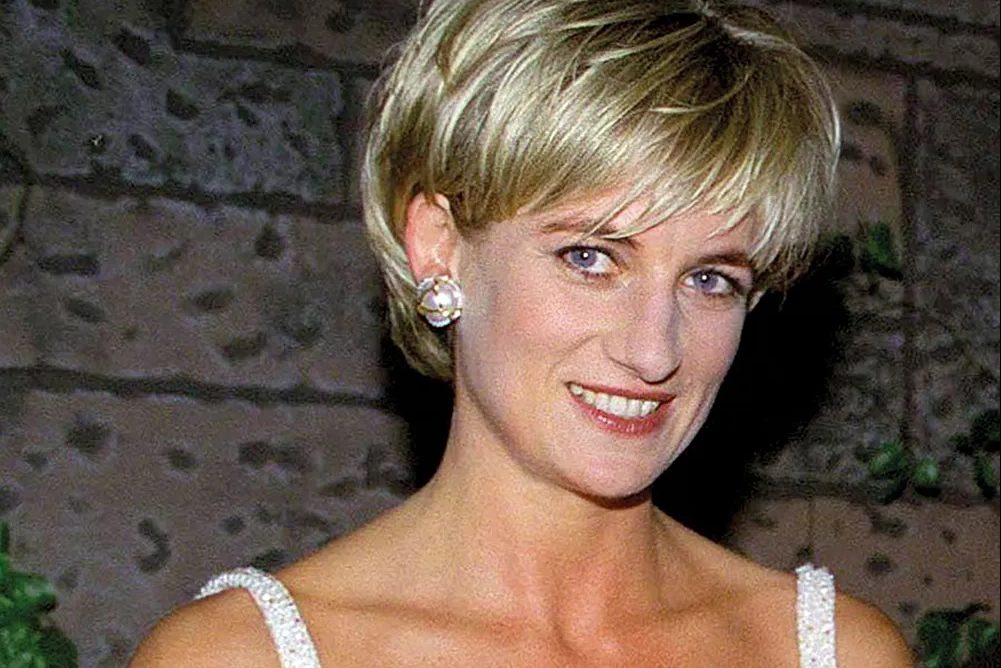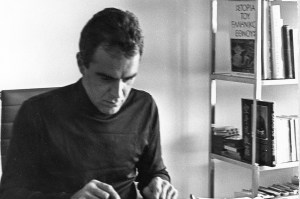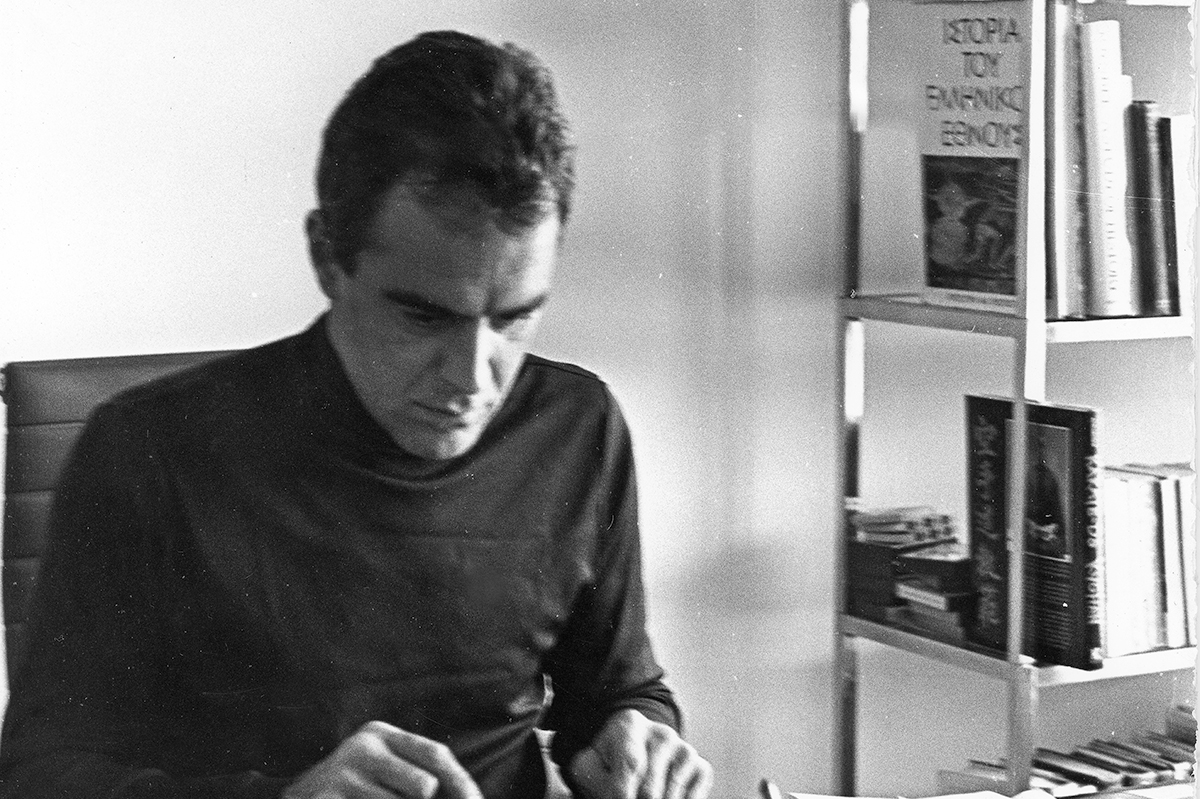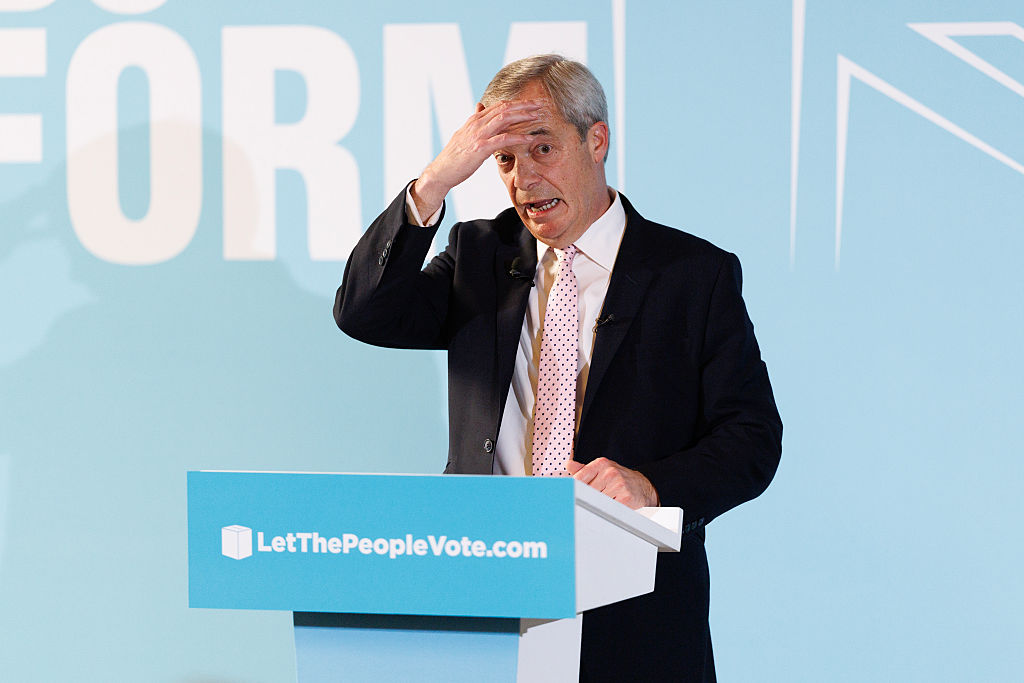What happened to the condolence books? They swiftly multiplied, that mad week in September 1997. The original four at St. James’s Palace had to be increased to more than 40. People queued for hours and often spent many minutes composing their contributions. That’s not even to mention the thousands of similar books organized by councils, embassies and private businesses. The official set were “offered” to the Spencer family. Perhaps they are at Althorp.
Edward White’s Dianaworld, about the phenomenon of the former Princess of Wales, shows an indefatigable resourcefulness. It is not really about the woman herself but about the effect she had on people who never laid eyes on her. White has drawn the line at reading the lachrymose, often crapulous, outpourings in the condolence books – and who can blame him? But he has unearthed contemporary commentary from Spare Rib, the Faversham News, the Sarasota Herald-Tribune and countless other publications. These are extremely illuminating, often evincing views that were quickly suppressed after the Princess’s death. I was pleased to be reminded of the widespread horror in early 1997 at how vulgar Diana’s wardrobe had become. Anne de Courcy, observing the white jeans, pumps and gold jewelry, lamented the “Sharonization” of Diana.
White is also conversant with the atrocious secondary literature. Even to read the titles in the seven-page bibliography is to feel soiled. (Diana in Private: The Princess Nobody Knows.) Everyone except her good friends has written their memoirs – her protection officers, her bodyguard, her psychic healers, her press officers, her most caddish lovers. And, of course, her frightful butler.
But there! I really neither know nor care For what the Dear Old Butler thought! In my opinion, butlers ought To know their place, and not to play The Old Retainer night and day!
Dianaworld addresses many areas where the impact of the princess was clear, strange and quantifiable. She held a fascination for the Muslim world, from a marriage widely understood to be a dynastic arrangement matching near strangers to the Fayed-led conspiracy theories about her death. Traveling in Egypt and Sudan ten years after her death, I was startled by how widespread the belief in her planned murder was. You went into a bar in Cairo and within minutes a total stranger was haranguing you about brakes and the Duke of Edinburgh.
White describes the motley bunch of psychics and soothsayers responding to a mystical faith in the divine touch. There were the commoner sort of gays and there were the grand, showbiz gay friends. I was acquainted with one of them, and when you went round there was always a letter in that innocently girlish hand lying on the coffee table, snatched up at once, theatrically. There is a comprehensive debunking of the idea that Diana was a trailblazer in meeting Aids patients. Princess Margaret and Norman Fowler, the health secretary from 1981 to 1987, were in fact the unsung heroes in that respect. Quentin Crisp, who had seen everything, called Diana “trash… she knew the racket.”
We hear about the creators of some truly awful portraits and statues, and about the strange, ineradicable belief that there was something fundamentally American about Diana – with the conviction that she was always taking the two princes to McDonald’s. And there are the fashion designers. “A terrible thing happened,” Malcolm McLaren remembered about the opening of World’s End, his King’s Road boutique: “Diana Spencer came in; she was the first customer. I thought ‘Oh my God, we’re ruined… I’ve lost all credibility.’” It is very disconcerting to learn how unprepared Diana, aged 20, was for the requirements of her future role. Even the hairdresser she had on hand for her wedding had no idea how to give her a “do that would cope with a massive tiara.”
Royal correspondents come in for much amusing criticism and indeed sound faintly demented – like the one who wrote in 1992 that Diana “charmed everyone with her freshness, her innocence… her unquestionable virtue.” Equally demented were the psychiatrists who appeared on TV documentaries. One advanced the theory that Diana’s relations with men were just like her bulimia – “consumption and regurgitation.”
At this distance we may forget what was utterly novel at the time. The first instances in this country of the mass laying of flowers at the sites of public tragedies are from 1985; the wild street sobbing in 1997 was still unfamiliar. Boris Johnson’s summary – “a Latin American carnival of grief” – seemed about right. And if the performance of compassion was not exactly new to the monarchy, Diana’s effectiveness in using photo opportunities to channel attention would, in the coming decades, elevate spectacle over the quiet execution of duty. Astonishingly, there was even fear in political circles in 1995 that she was being lined up as a Labour figurehead in the next election. It’s hard to see how a phenomenon could be so misunderstood.
More nebulous is the shift of imaginative energy in our culture. Long ago W.B. Yeats declared: “Passive suffering is not a theme for poetry.” Diana was not a great reader, but her imaginative stimulus was surely towards the veneration of the helpless sufferer, the blameless, the victim of circumstance who ought to be recompensed. It is striking how literature, culture and general discourse since her death has turned so energetically towards such dramas. Her example seems to have encouraged people to talk incessantly about themselves and their dull feelings with absorbed fascination. Such things get into the mind and stay there. There is no great novel or play about Diana, and almost all the films are risible. (Sample dialogue – Diana: “I just want you to hold me and touch me.” Charles: “Yes, but you’re always being sick.”)
Astonishingly, there was fear in political circles in 1995 that she was being lined up as a Labour figurehead
“A gargantuan wave of emotion arose from the heart of the world, moving the planet’s magnetic field,” one analyst opined. That may have been so, but one of my main memories of the time is of a writer friend leaning back in her chair at the dinner table and saying: “We’re all of the Prince’s party, I hope?” When I look at what the present King and Queen have inspired people to achieve and then read about the woman who, after Diana dropped a small clay platypus in front of her, dedicated an online “museum” to Diana and platypuses, there seems little comparison.
White has written a brilliant study of aspects of Alfred Hitchcock. Here he restricts himself to behavior observable in others. Evidence about insignificant private lives that were touched by one princess is almost embarrassingly unfiltered: there is a “14-stone fatty known as Porky Pocock who transformed herself into a sylphlike Princess of Wales lookalike;” and a hapless provincial journalist having to write stories about a car door being blown shut when Diana was nowhere near it. The total inconsequentiality is strangely telling: “Being only a year older than Diana, and a fellow Cancerian, Tina [a prostitute] had felt some vague connection to her during the 1980s.”
Dianaworld is very well done, and it is not the author’s fault that, after finishing it, I had the distinct desire to go and wash my hands. It is amusing, solid and responsible in assessing the plausibility of some dubious anecdotes. (I got the impression that White is as skeptical as I am about Diana putting on a false mustache and going to the Vauxhall Tavern.) And it is that unexpected thing in this field: something of a contribution to knowledge.


























Leave a Reply